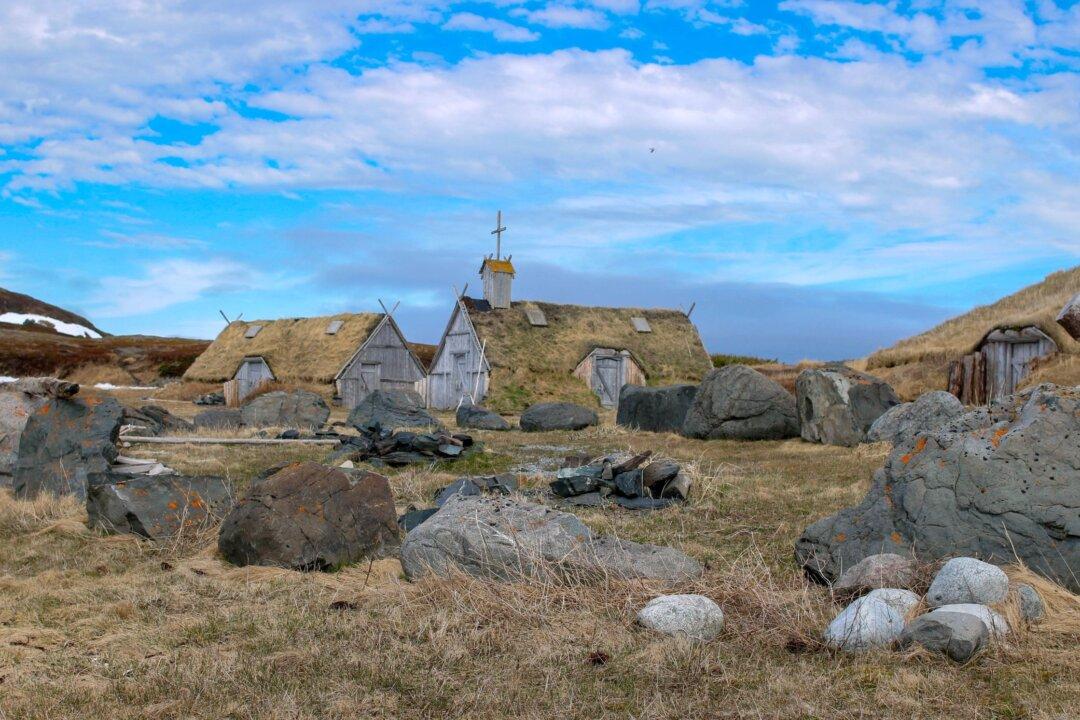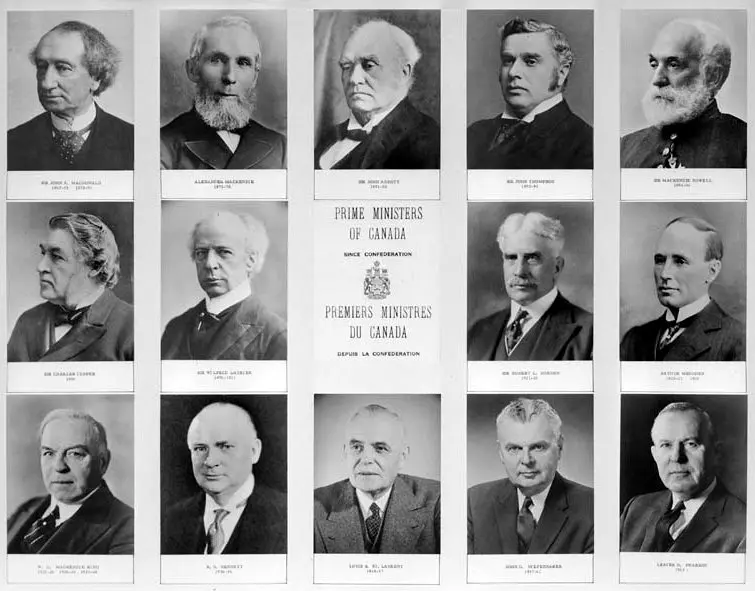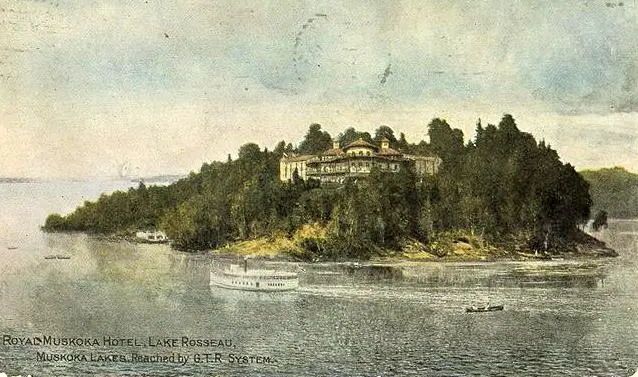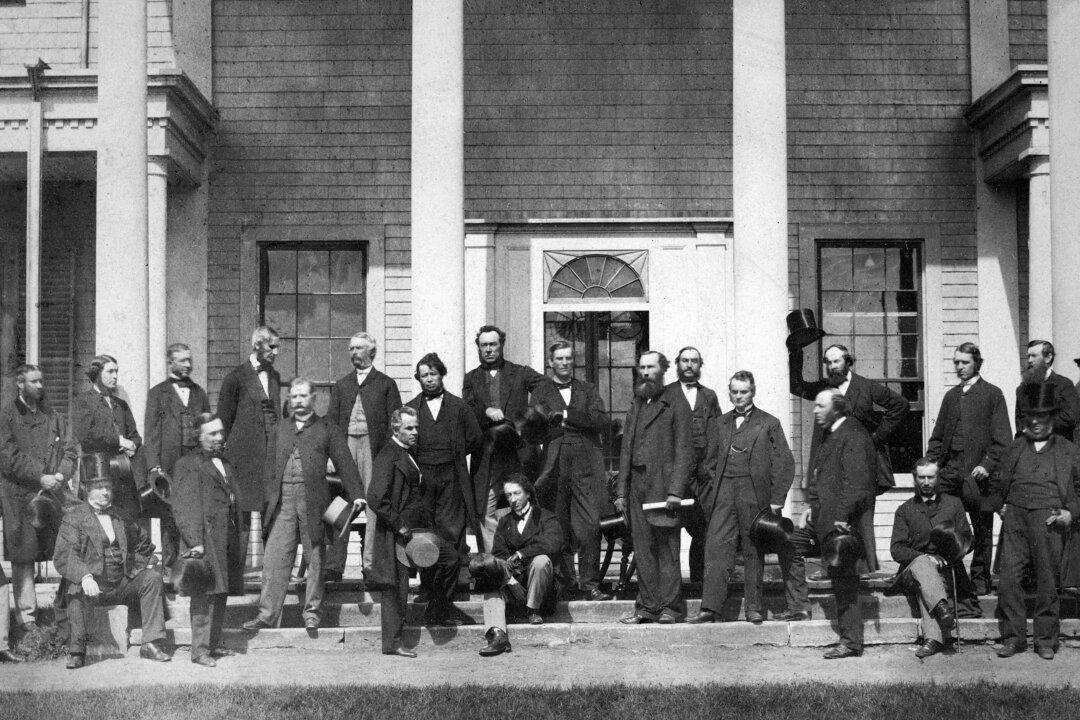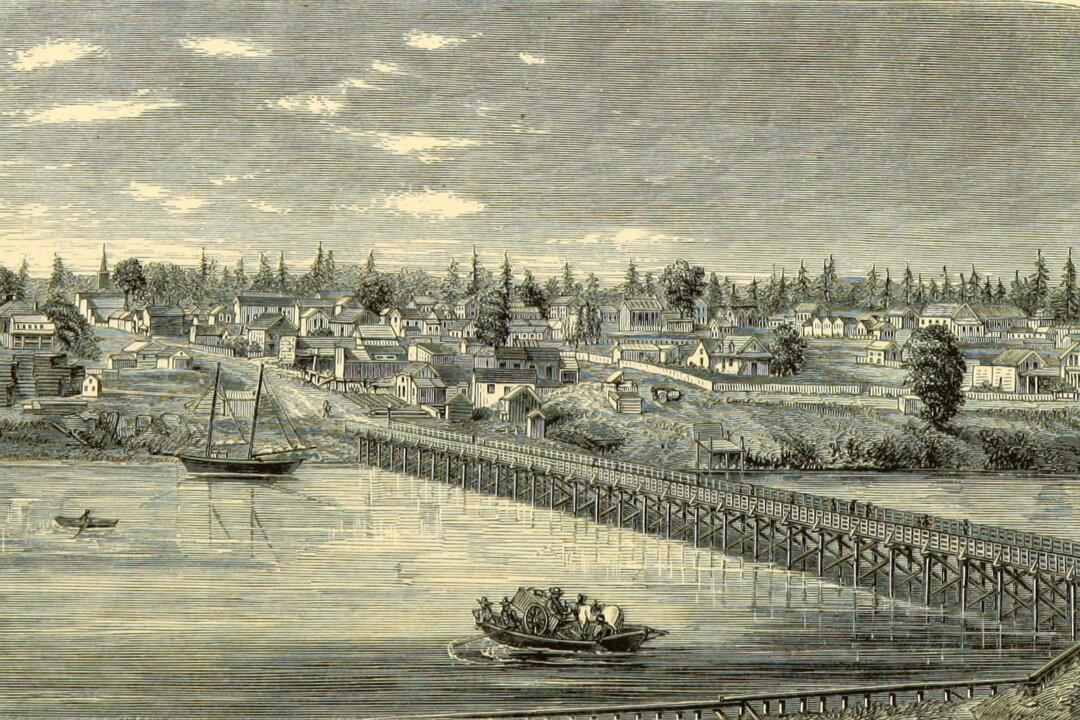Commentary
There are many legends surrounding the discovery of the Americas: tales of Phoenician seafarers, Chinese explorers, Roman dissidents, West African traders with gold-tipped spears, and Irish monks, all long before Christopher Columbus, John Cabot, or Jacques Cartier. Fleets of nameless Basque fishermen figure somewhere in the lineup too.
